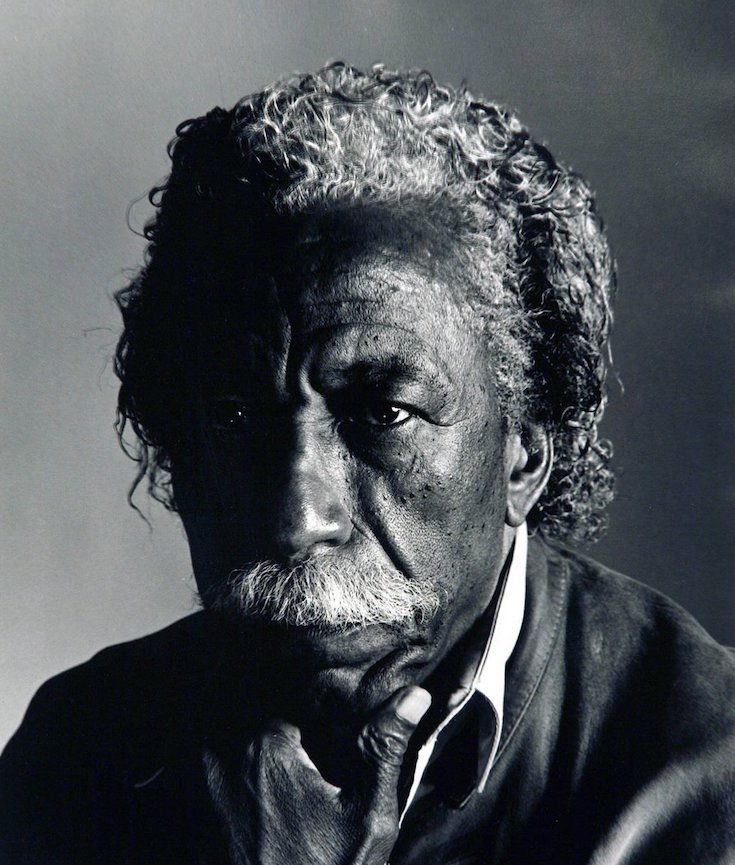[dropcap]The[/dropcap] exhibition will be on view through December 9, 2017 and exhibits concurrently with BAMPFA’s presentation of Gordon Parks: The Making of an Argument, on view through December 17, 2017. Gordon Parks: Legacy features works that inspired contemporary artists, Parks’ contemporaries, and Parks himself.
The celebrated new video, ELEMENT, released by recording artist Kendrick Lamar, and the portraiture of renowned South African visual activist Zanele Muholi best known for her Somnyama Ngonyama and Faces and Phases series, are directly inspired by Parks’ body of work. ELEMENT recasts specific Gordon Parks images of social justice, poverty and politics through a modern lens. Zanele Muholi’s photography highlights stories of the massacres, hate crimes and rapes of black South African Lesbians, Gay, Bisexual, Transgender and Intersex persons. Similar to Parks in his lifetime, she risks her life by using photography to confront social injustice. [mc4wp_form id=”6042″]
Just as Parks’ served to humanize the black existence in America, Muholi’s work serves to humanize the daily lives of the LGBTI community from 1994 to 2017. Works from Parks’ 1952 Life Magazine photo-essay A Man Becomes Invisible, a collaborative project with his friend Ralph Ellison, author of the 1953 National Book Award winning novel Invisible Man, will be presented, along with Parks’ compelling filmography Leadbelly, 1976, which chronicles the life of folk and blues musician Huddie “Lead Belly” Ledbetter, who inspired Parks. Parks’ 1968 short film, Diary of a Harlem Family, will be screened continuously, making a striking counterpoint to this year’s ELEMENT. In addition, a film biography detailing Parks’ life, Half Past Autumn: The Life and Works of Gordon Parks, will be screened. Presented by Jenkins Johnson Gallery.
NATIONAL MUSEUM OF AFRICAN AMERICAN HISTORY & CULTURE | WASHINGTON, DC
The National Museum of African American History and Culture is the only national museum devoted exclusively to the documentation of African American life, history, and culture. It was established by Act of Congress in 2003, following decades of efforts to promote and highlight the contributions of African Americans. To date, the Museum has collected more than 36,000 artifacts and nearly 100,000 individuals have become charter members. The Museum opened to the public on September 24, 2016, as the 19th and newest museum of the Smithsonian Institution. (Website).








You must be logged in to post a comment.